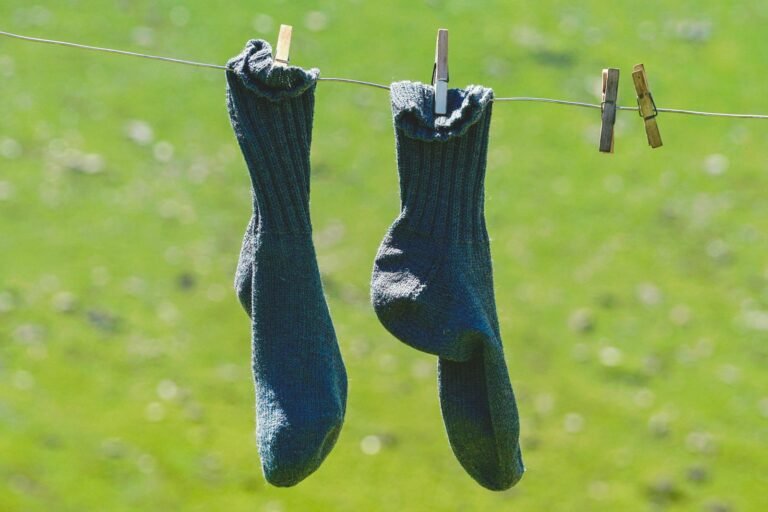
Cypriot Renda, a beautiful and intricate form of lace-making, has been a beloved tradition in Cyprus for centuries. This delicate art form has been passed down through generations, with each piece telling a unique story of the island’s rich cultural heritage. In this blog post, we’ll explore the origins, techniques, and significance of Cypriot Renda, as well as its place in modern Cypriot society. Whether you’re a lace enthusiast, a history buff, or simply curious about Cypriot traditions, this post will give you a deeper appreciation of this remarkable craft.
What is Cypriot Renda?
Cypriot Renda refers to the traditional lacework that originates from Cyprus. This lace is renowned for its intricate patterns, fine craftsmanship, and the skill required to create it. Unlike mass-produced lace, each piece of Cypriot Renda is handmade, often taking weeks or even months to complete. The term “Renda” itself is derived from the Italian word for lace, reflecting the historical influences on Cypriot culture.
The Origins of Cypriot Renda
The art of lace-making in Cyprus dates back to the Venetian period (1489–1571), when lacework was introduced to the island. The Venetians were known for their exquisite lace, and their influence left a lasting impact on Cypriot artisans. Over time, Cypriot women adapted these techniques, incorporating local styles and motifs to create what is now recognized as Cypriot Renda.
How Cypriot Renda Made
Creating Cypriot Renda is a painstaking process that requires patience, precision, and a deep understanding of the craft. The lace typically made using a needle and thread, with the designs often featuring floral patterns, geometric shapes, and symbolic motifs. The most common types of stitches used in Cypriot Renda include the satin stitch, buttonhole stitch, and the various forms of openwork that give the lace its delicate, airy appearance.
Types of Cypriot Renda
Cypriot Renda comes in various styles, each with its own distinct characteristics. Some of the most well-known types include:
- Lefkara Lace: Perhaps the most famous of all Cypriot lace, Lefkara lace is named after the village of Lefkara, where it has been produced for centuries. This type of lace known for its intricate patterns and high-quality craftsmanship.
- Paphos Lace: Originating from the Paphos region, this lace is slightly different in style and often features more bold and elaborate designs compared to other types.
- Omodos Lace: Produced in the village of Omodos, this lace is characterized by its delicate patterns and is often used to create doilies, tablecloths, and other decorative items.
The Cultural Significance of Cypriot Renda
Cypriot Renda is more than just a form of artistic expression; it’s a symbol of Cypriot identity and heritage. Traditionally, lace-making was a communal activity, with women gathering to work on their pieces while sharing stories and passing down techniques. These gatherings helped strengthen community bonds and preserve the craft for future generations.
In addition to its social significance, Cypriot Renda also played a practical role in Cypriot households. Lace items were often made for special occasions, such as weddings and religious ceremonies, and were treasured as family heirlooms. Even today, owning a piece of Cypriot Renda is considere a mark of prestige and a connection to one’s roots.
Cypriot Renda in Modern Times
While the tradition of lace-making has declined in recent years due to industrialization and changing lifestyles, there is a growing interest in preserving Cypriot Renda. Efforts are being made to teach the craft to younger generations, and many artisans are finding new ways to incorporate traditional lace into contemporary fashion and home decor. This resurgence not only keeps the art alive but also introduces it to a global audience, ensuring that Cypriot Renda remains a vibrant part of Cyprus’s cultural landscape.
Why You Should Appreciate Cypriot Renda
In a world where mass-produced goods are the norm, Cypriot Renda stands out as a testament to the value of handmade craftsmanship. Each piece of lace is a work of art, reflecting the skill, dedication, and creativity of the artisan who made it. By appreciating and supporting this traditional craft, you’re not just purchasing a beautiful item—you’re helping to preserve a piece of Cypriot history.
How to Care for Cypriot Renda
Given its delicate nature, Cypriot Renda requires careful handling to ensure its longevity. Here are a few tips on how to care for your lace:
- Cleaning: Always hand wash your lace in cold water with a mild detergent. Avoid wringing or twisting the fabric, as this can damage the delicate threads.
- Drying: Lay the lace flat on a clean towel to dry. Never hang it, as the weight of the water can stretch and distort the fabric.
- Storage: Store your lace flat in a cool, dry place. Avoid folding it to prevent creases, and consider wrapping it in acid-free tissue paper to protect it from dust and light.
Conclusion
Cypriot Renda is more than just lace; it’s a living tradition that embodies the rich cultural heritage of Cyprus. From its historical roots to its modern-day significance, this intricate craft continues to captivate and inspire. Whether you’re lucky enough to own a piece of Cypriot Renda or simply admire it from afar, there’s no denying the timeless beauty and cultural importance of this unique art form.
FAQs About Cypriot Renda
1. What makes Cypriot Renda different from other types of lace?
Cypriot Renda is unique due to its intricate patterns, handmade nature, and the cultural significance it holds in Cyprus. Each piece is crafte with care, reflecting centuries of tradition.
2. How long does it take to make a piece of Cypriot Renda?
The time required varies depending on the complexity of the design. A small piece may take a few weeks, while larger, more intricate pieces can take several months to complete.
3. Can I learn how to make Cypriot Renda?
Yes, many workshops and classes are available in Cyprus that teach the art of lace-making. These classes are a great way to learn the craft and help preserve this tradition.
4. Is Cypriot Renda still popular today?
While it’s not as common as it once was, Cypriot Renda is experiencing a resurgence in popularity, especially among those interested in traditional crafts and cultural heritage.
5. Where can I buy authentic Cypriot Renda?
Authentic Cypriot Renda can be purchase from local artisans in Cyprus, especially in villages known for lace-making, such as Lefkara and Omodos. Some online retailers also offer authentic pieces.
6. How can I tell if a piece of lace is genuine Cypriot Renda?
Genuine Cypriot Renda is always handmade and features intricate, high-quality craftsmanship. It’s best to buy from reputable sources to ensure authenticity.







